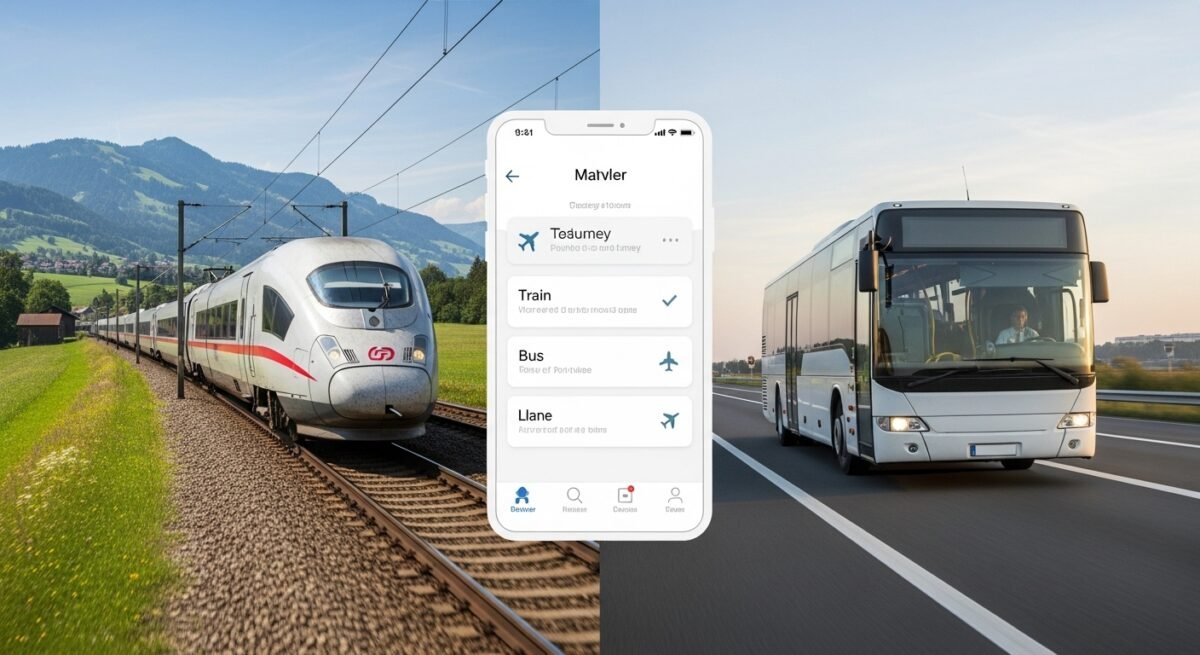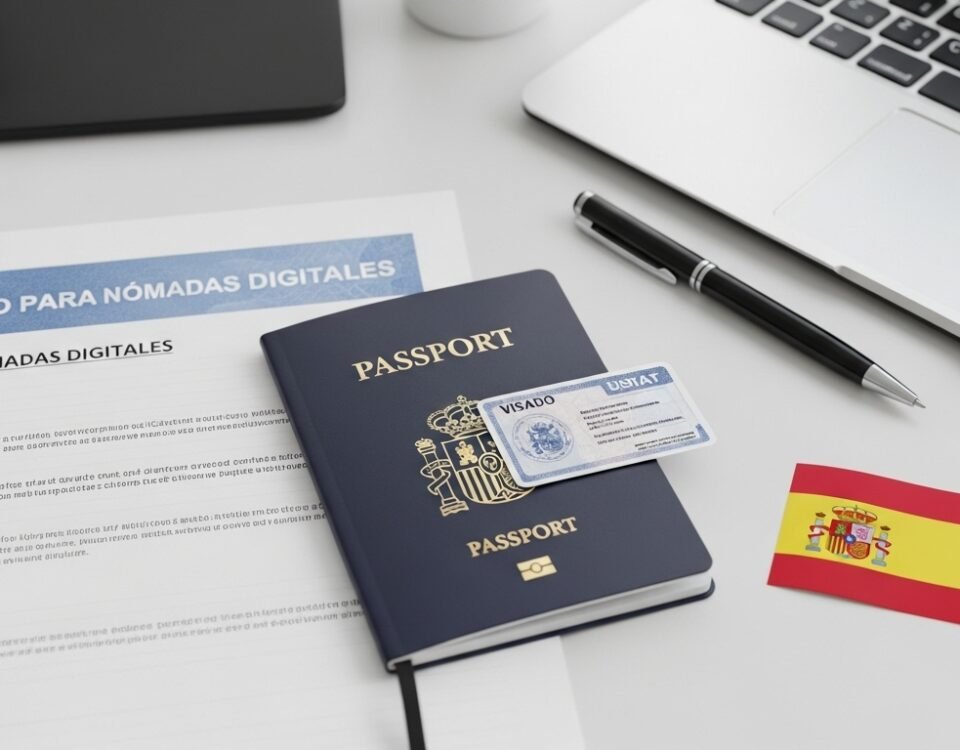You've picked your next destination, you've packed your carry-on, and now you face the final puzzle: what is the absolute best way to get from Lisbon to Barcelona, or from Krakow to Budapest?
For many new travelers, the default answer seems to be a Eurail pass. It promises freedom and simplicity. But for a digital nomad who travels slowly, staying in one place for weeks or months at a time, a Eurail pass is often an expensive and inflexible trap.
The real secret to mastering European travel is to think like a local and use a flexible, multi-modal approach. From my own journeys crisscrossing the continent, from my Erasmus in Poland to my base here in Italy, I've developed a simple system for choosing the smartest, cheapest, and most efficient way to travel every single time. This is that system.
The Core Strategy: Match the Mode to the Mission
There is no single "best" way to travel. The perfect choice depends on the three key variables of your journey: Distance, Cost, and Experience. The professional nomad's strategy is to choose the right tool for the right job.

1. When to Fly: The Budget Airline Hack
-
Use For: Long distances (e.g., 800+ km, like Lisbon to Rome).
Europe's budget airline network, with giants like Ryanair, easyJet, and Wizz Air, is a modern marvel. It's often shockingly cheap to cross the entire continent.
The Rule: If a train or bus journey is longer than 8-10 hours, a flight is almost always the smarter choice. The time you save is more valuable than the small amount of money you might save on a grueling 20-hour bus ride.
The Crucial Pro-Tip: The cheap headline price is not the final price. These airlines make their money on fees. To win the game, you must be disciplined: travel with a carry-on only (as detailed in our [Carry-On Packing Guide](link-to-your-post)), check in online, and bring your own snacks.
2. When to Bus: The Ultimate Budget Weapon
Use For: Medium distances (e.g., 200-600 km, like Berlin to Prague).
The intercity bus is the unsung hero of European budget travel. Companies like FlixBus have created a vast, comfortable, and incredibly affordable network that connects nearly every city.
The Rule: If a journey is between 3 and 7 hours, a bus is often the best value. It's typically cheaper than the train, and the total travel time is often comparable once you factor in getting to and from the airport, security, and boarding.
The Nomad Advantage: Modern buses are equipped with Wi-Fi and power outlets, meaning a 4-hour bus ride can easily become a productive work session, turning travel time into billable hours.
3. When to Train: The Gold Standard for Comfort & Convenience
-
Use For: Shorter distances and high-speed routes between major cities (e.g., 100-400 km, like Rome to Florence).
Train travel is the most comfortable and civilized way to see Europe. Stations are centrally located, security is minimal, and the views are often spectacular.
The Rule: For journeys under 4 hours, especially between major hubs with high-speed rail, the train is the king. A high-speed train from Rome to Florence, for example, is faster, more comfortable, and delivers you directly to the city center, making it far superior to flying.
The "Experience" Factor: Choose the train when the journey itself is part of the appeal. Scenic routes through the Swiss Alps or along the Italian coast are experiences in their own right.
Your Most Powerful Tool: The Comparison App
So how do you decide? You don't have to guess. The ultimate travel hack is to use a modern comparison and booking platform.
Services like Omio or Trainline are essential for any nomad. You enter your origin and destination, and they will show you all the available flight, train, and bus options on a single screen, sorted by price, speed, and time. This allows you to make a data-driven decision in seconds, ensuring you always get the best possible deal.
By ditching the "one size fits all" mentality of a Eurail pass and adopting this flexible, strategic approach, you'll save hundreds of euros and countless hours of travel time. You'll be able to move across Europe with the confidence and efficiency of a seasoned professional.
What's your favorite mode of transport in Europe? Share your best overland travel hack in the comments below!


